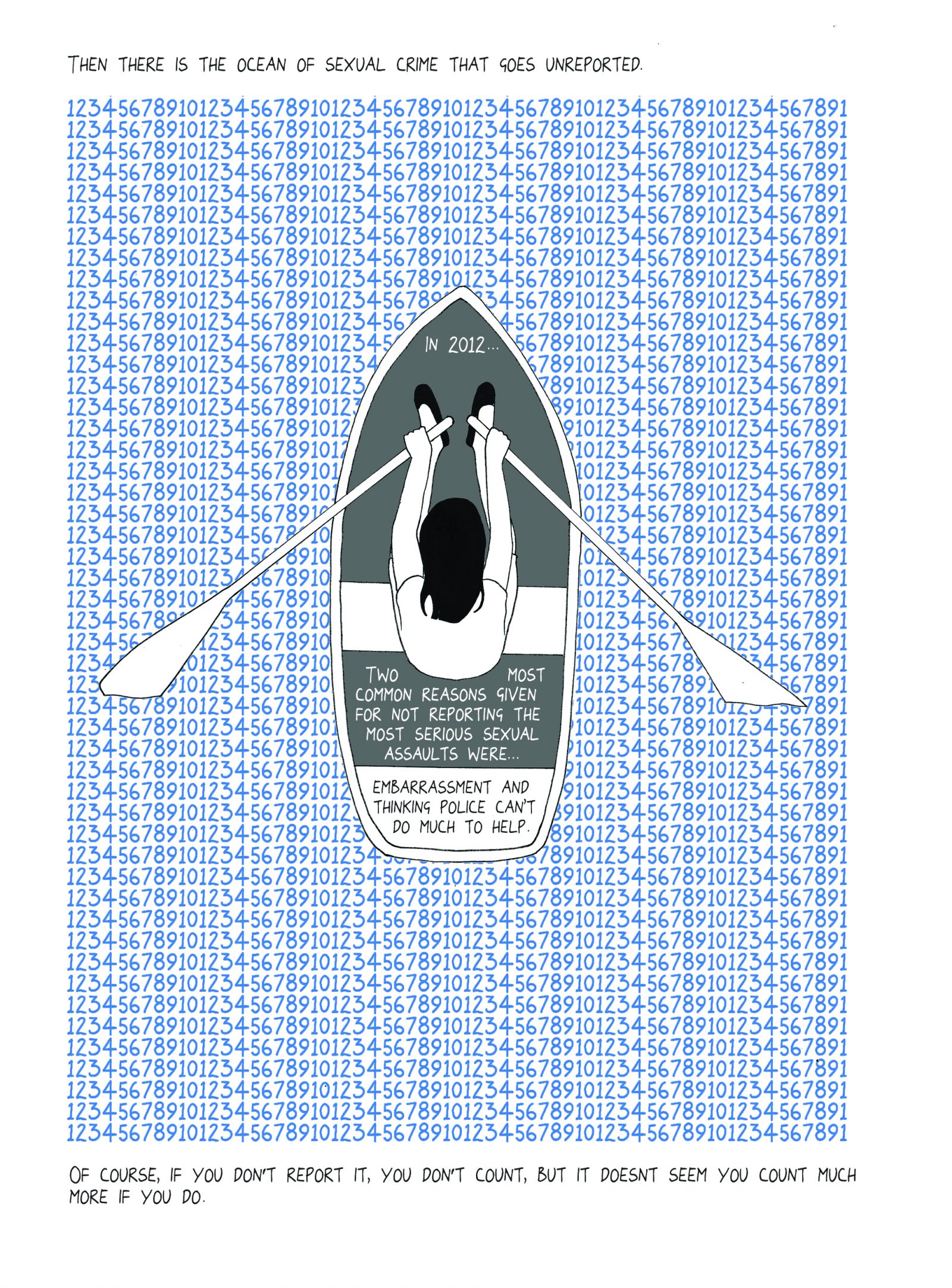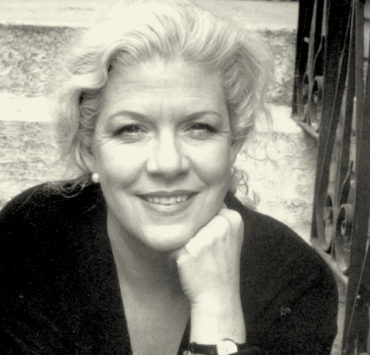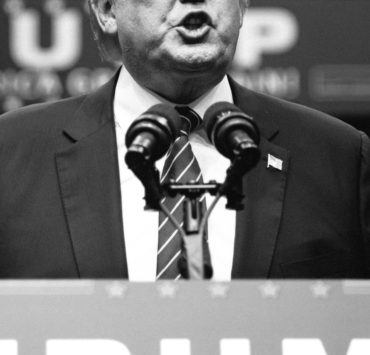

Becoming Unbecoming, an anonymously written graphic novel, tells the story of Una. First sexually assaulted as a child, Una relays her gradual realisation that nestled deep within culture is a mechanism that nurses gendered violence and punishes its victims.
Una’s narrative voice is clear and sparse, and it is the hybrid memoir’s illustrations that take on the role of relaying memory and acute psychic suffering. The plethora of sexual violence that befalls Una is starkly rendered in words, and it is those drawings that Una describes as more ‘unconscious’ that make way for symbolism and metaphor. Indeed, there are expressive images that forego narrative entirely to conjure repression and trauma and the physical toll they take on the body. Those panels that show a young Una tied down by plumes of smoke, for instance, or being pursued by something unseen in an ominous landscape, are experiences that portray the perilous experience of femininity more directly than words. These are sensations that inhabit the unconscious and, much like a bad dream, lose their potency when ascribed language. It is part of the book’s great sadness that the majority of Una’s life possesses that nightmarish quality that evades description while colouring daily life with a vague, pervasive horror.

Becoming Unbecoming addresses not only the issues of representing fraught and traumatic material, but asks how we can tell a story that has befallen many in varied geographical and social climates. Una’s answer to both seems to be that a degree of nuance is required, and it is this nuance the drawings offer: they permit Una negotiate the charged terrain of her own experience and allow the reader fully enter the work as personal memoir and universal dilemma. In short, they serve introspection as well as storytelling.
A myriad of reference points comprise the structure and theory behind the book, critiquing the familiar tropes of virgin and crone. Looming in the background is serial killer Peter Sutcliffe, a man who would have been caught much sooner had the polar opposites of housewife and whore not been so readily embraced by the police force. Artemisia Gentileschi, an art historical figure who often surfaces when women tackle the task of self-preservation, is often cited for her bold portrayals of femininity in early 17th century Rome. Raped by another artist at the age of 17, her paintings have been employed in discussing how women truly conduct themselves when confronted with sexual violence, and how they may enact violence in turn. Una’s reference to the artist reminds us how long women have been undoing public versions of femininity, and how greedily female suffering is manipulated and digested by male bodies. 
How to relay the fear of stepping outside in a female body? Or the horrific realization that not even your body marks a boundary line? It is this originary trauma that Una draws on. She is assaulted, raped, persecuted and blamed, and the rest of her life is coloured by this experience. Throughout Becoming Unbecoming, Una carries a sack that grows larger every time she’s confronted with gendered inequality and violence. Perhaps what the sack contains is the burdensome heap of meanings she didn’t make or doesn’t understand, the preconceptions and desires of patriarchal society, the responsibility for the responses her body instigates in others.
Una positions the book as a contribution to an ongoing discourse. The plethora of sexual violence which befalls this one woman may seem incongruous, but it is the statistical norm. Using an intuitive, poetic fusion of image and text to express what it feels like to grow up in a perilous, misogynistic climate, Becoming Unbecoming shows the development of a provocative narrative voice. It is troubling, unflinching, and incredibly important.
[Image-credits]








